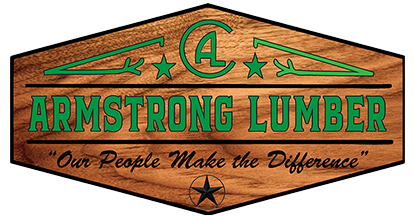Your Guide to Choosing Lumber
If you are new to the construction trades or are looking to complete a DIY project at your Corpus Christi home, the choices in lumber can be overwhelming. Beyond their looks, you need to know their characteristics and pertinent facts in order to choose the best lumber for your needs. Here at Armstrong Lumber in Corpus Christi, we've been supplying builders and homeowners with the highest-quality lumber supplies since 1946. With our more than 70 years of experience, we can help you choose the best lumber for your needs. Continue reading, and get started today!
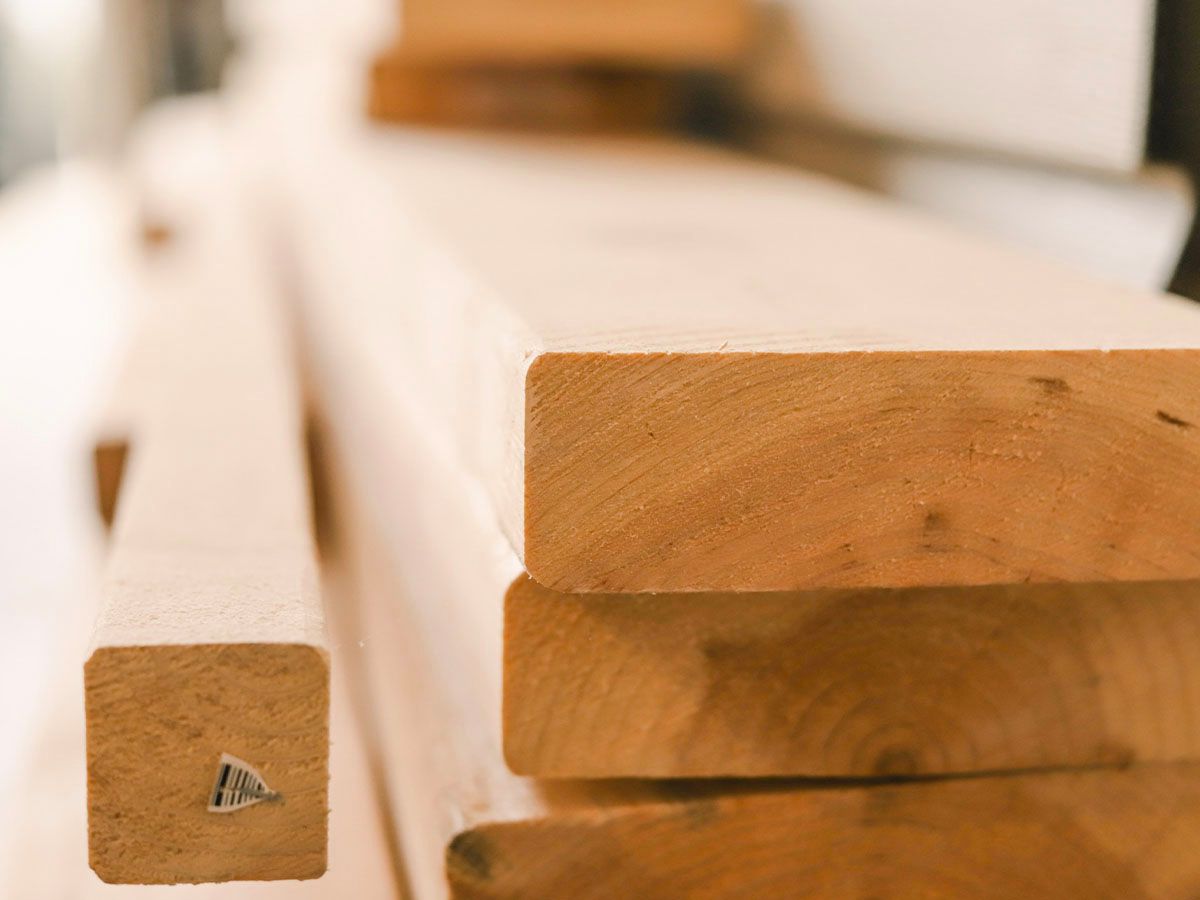
Understanding the Types of Lumber
There are two types of lumber you need to be aware of: softwood and hardwood. Believe it or not, hardwood and softwood trees are not classified based on their wood; instead, they are classified based on the type of seeds that the tree produces.

Softwood Lumber
In general, however, softwood is softer than hardwoods, which is why they need more care over time. Types of softwood include pine, fir, spruce, and cedar. Because softwood trees grow faster than hardwood trees, their lumber is less expensive.
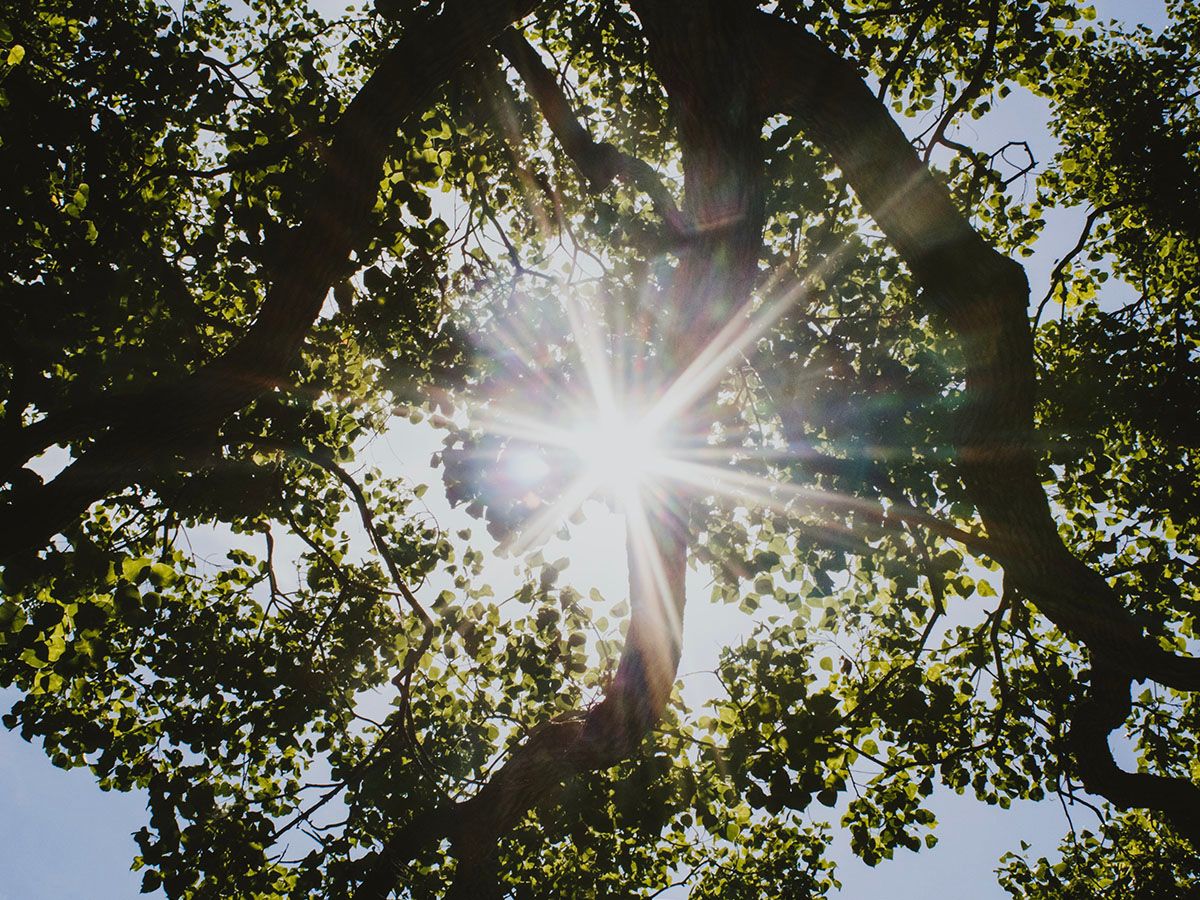
Hardwood Lumber
Hardwood lumber is generally from deciduous trees. This includes oak, maple, walnut, hickory, and mahogany. Since they take longer to grow, they are more expensive than softwood. Most construction projects and builders use softwood lumber for their needs.
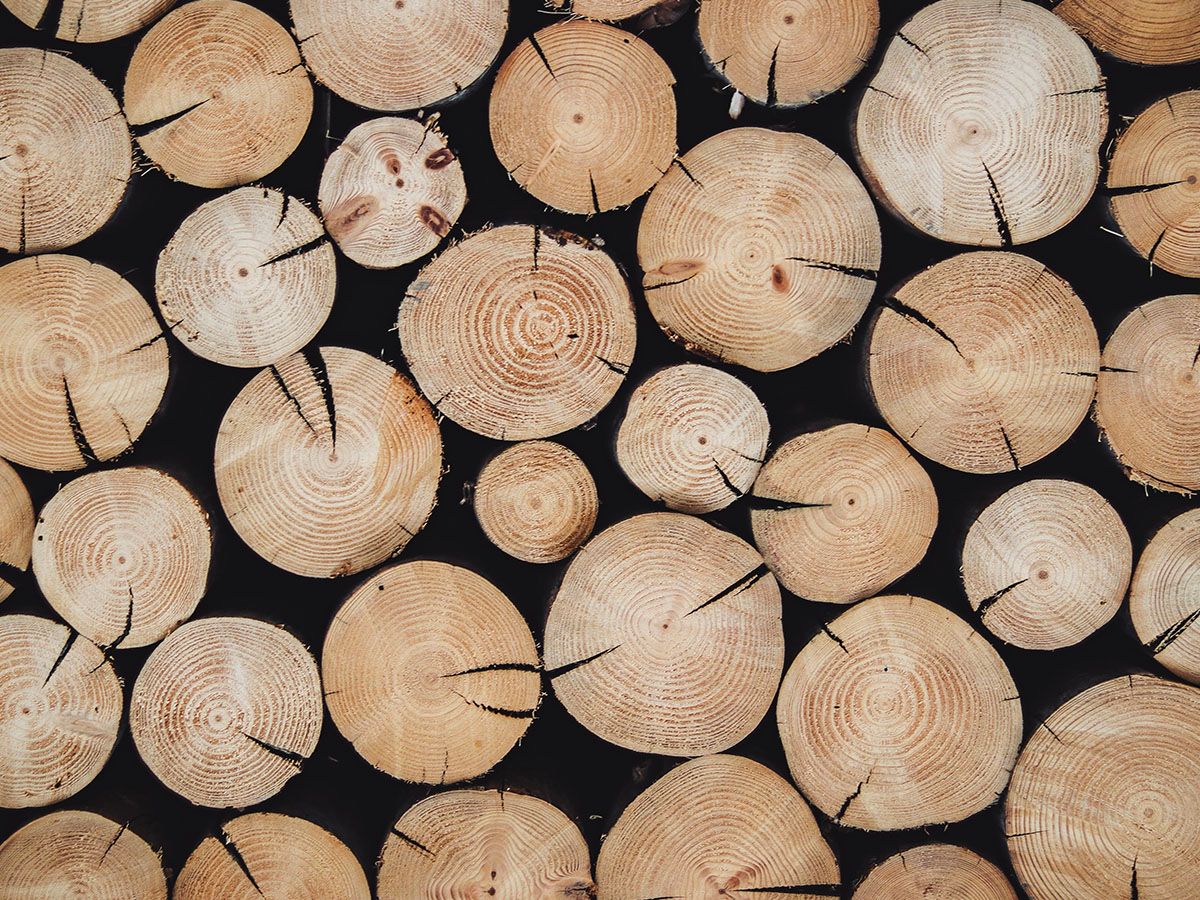
Characteristics of Lumber
Density. Density of lumber will tell you the strength and the weight of the wood. The less dense wood is usually used in construction and DIY projects.
Texture. Texture helps determine the finish of the wood.
Color. Each type of tree produces a distinct natural wood color.
Woodgrain. Woodgrain refers to the direction that the wood cell fibers grow. Every tree has a unique pattern, which is why lumber is unique.
Grades of Lumber
Hardwood Grades
When you shop at our lumber store in Corpus Christi, you'll see lumber classified by various grades. Grading of hardwood lumber refers to the number of defects in the boards. Lower grades of hardwood lumber are usually used in building projects where the wood cannot be seen or where the defects would not be noticeable.
Softwood Grades
Softwoods are divided into two broad grade categories: dimensional lumber and appearance boards. Dimensional lumber had a grade based on strength. Appearance boards are used for woodworking projects. C Select is the highest grade of softwood lumber with almost no defects. 3 Common is the lowest grade and is commonly used for fencing.
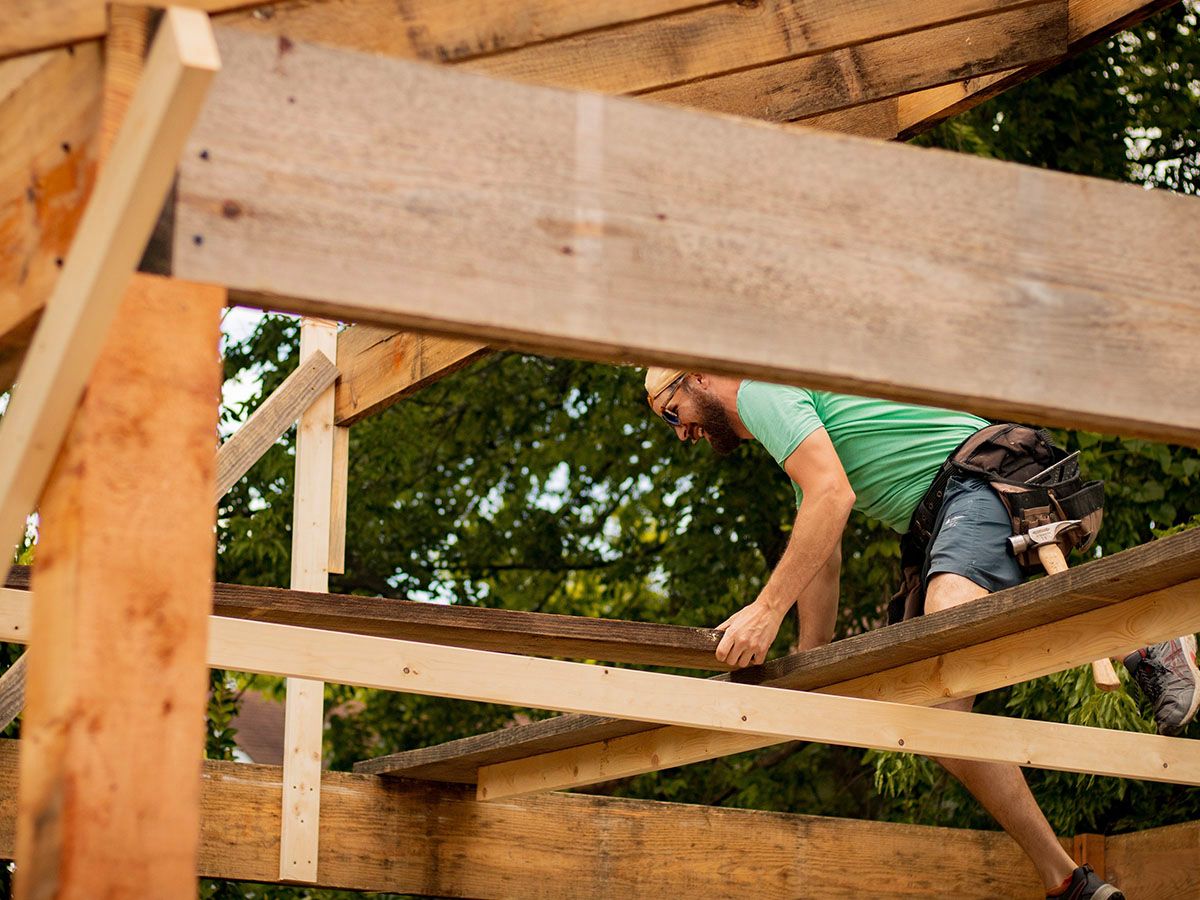
Softwood Lumber
Because softwood lumber is one of the most popular types of lumber for builders and DIYers, it is divided into classifications, too: yard, structural, and shop and factory.
Yard lumber is the lumber used in construction and building. It is broken down into common and select lumber.
Structural lumber is usually distinguished because it is sold in particular sizes, such as 2x4 or 4x4.
Shop and factory lumber are the lowest grades of lumber and not meant for building purposes. This lumber is used in doors and molding.
Treated Lumber
Treated lumber is lumber that has had a chemical applied or injected into its fibers in order to extend its life. Many types of treated lumber aim to prevent termite infestations, fungi, and provide overall more strength. Treated lumber ends up saving trees in the long run because it lasts up to five times as long. Ask our experts at our local lumber yard in Corpus Christi for advice on treated lumber.
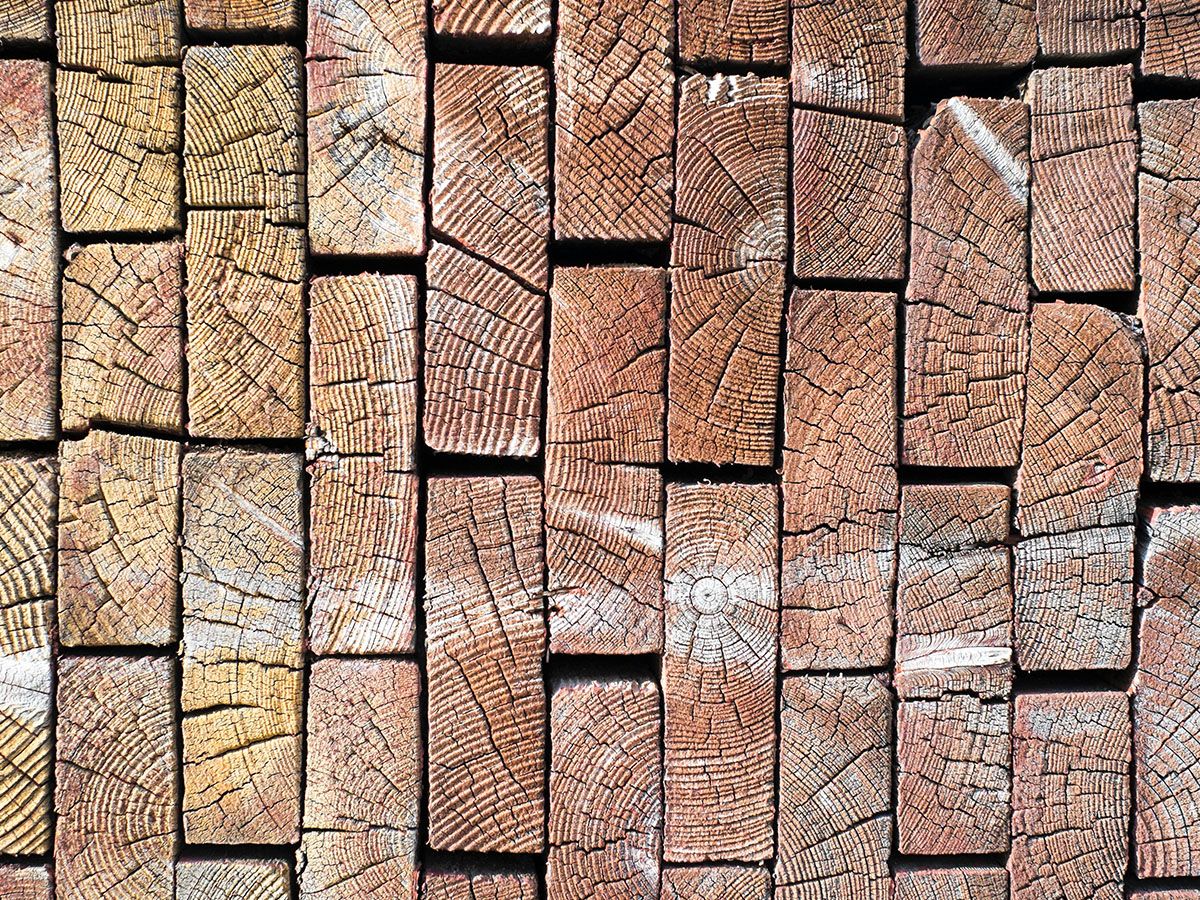
Common Lumber Defects to Be on the Lookout For
Lumber defects can be from the inherent tree itself or from the manufacturing and milling process. It's important to be aware of lumber defects, especially if you are looking for lumber for building. Some of the most common lumber defects include:
Bow. Warped on the face of the board
Cup. Hollow across the face of the board
Crook. Warped along the edges
Split. A crack in the wood
Twist. A twisted end
Knots. Loose knots may fall out
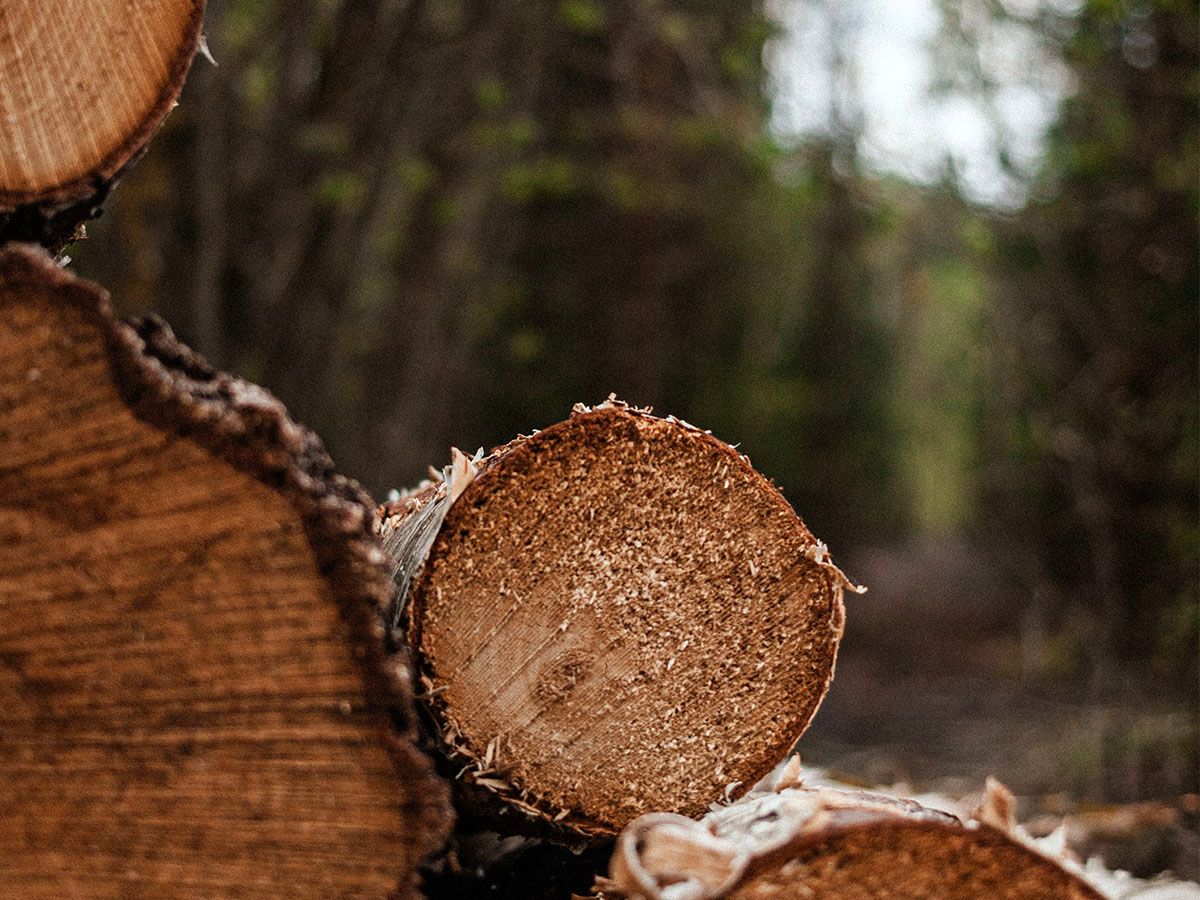
Other Important Wood Categories to Be Aware Of
Dimensional lumber and studs. Dimensional lumber and studs have many uses for your building project and come in many different lengths.
Plywood and OSB. Plywood and OSB are thin boards made from various types of wood used for many building applications, including shelving and subfloors.
Boards. Boards are used for carpentry, furniture, shelving, and other light woodworking needs.
Decking. Decking is an all-encompassing term for what you'll need to build a deck. This includes floorboards, railing, balusters, and posts.
PARTNER WITH ARMSTRONG LUMBER IN CORPUS CHRISTI TODAY
Armstrong Lumber is one of the oldest businesses in Corpus Christi. Our decades of service speak to the fact that we offer exemplary customer service, high-quality lumber and building supplies, and competitive prices. Our family-owned lumber yard takes pride in ensuring your needs are taken care of. We can cut lumber to your specifications and advise on the best type of lumber, too. Our experts are here to offer a helping hand.
Besides being the top-rated lumber yard in Corpus Christi, we also offer a plethora of other building materials and supplies, including drywall, sheet rock, plumbing supplies, insulation, doors, windows, cement, and more. Truly, we have a hodge-podge of offerings.
If you are looking for the best lumber yard in Corpus Christi, shop Armstrong Lumber today!
